Stretch before heading outside, keep proper form and avoid jerking or twisting to throw snow
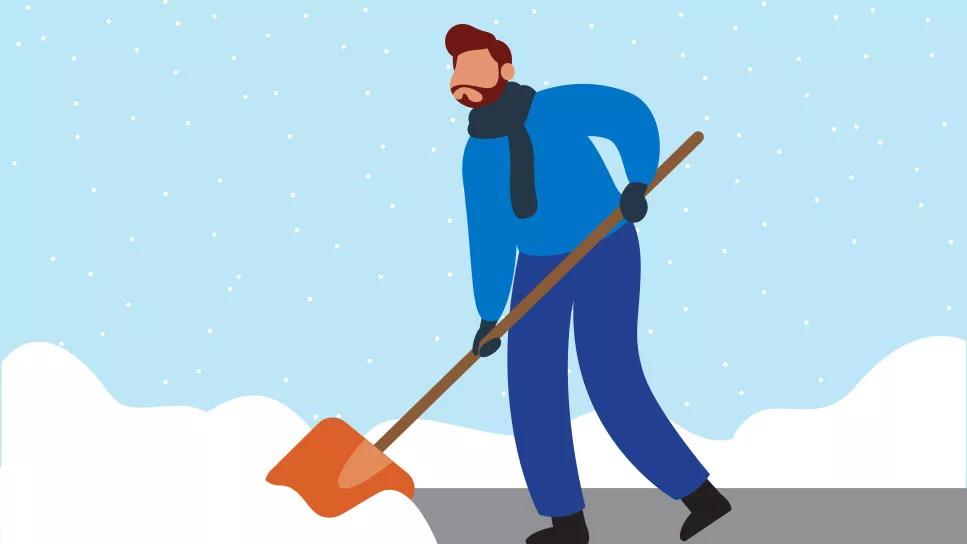
If it’s winter, there’s a good chance you’ll soon be outside shoveling snow.
Advertisement
Cleveland Clinic is a non-profit academic medical center. Advertising on our site helps support our mission. We do not endorse non-Cleveland Clinic products or services. Policy
And while it’s ideal to make sure your driveway and sidewalks are clear of snow, you may have to deal with back pain after a shoveling session.
“There are three components that cause back pain when shoveling, in general,” explains chiropractor Andrew Bang, DC. “One is the repetitive nature of the shoveling. One is your ergonomic position of how you hold the shovel. And the other one is the weight on the end of the shovel.”
Dr. Bang shares tips on how to prevent back pain and if you need a special shovel for when the next blizzard hits.
Dr. Bang offers up some ways to keep your back feeling great while shoveling snow.
Lower temperatures outside result in your body restricting blood flow, which can lead to muscle spasms or cramps. (And all that exertion too quickly can also trigger a heart attack.)
Dr. Bang says it’s a good idea to stretch before you head outside.
“Three really good stretches are the runner’s lunge, piriformis stretch and the supine lumbar twist stretch,” he suggests.
Here’s how to do each stretch.
Advertisement
How high you lift snow with your shovel and how far away it’s thrown determines the amount of strain put on your lower back, Dr. Bang says. Limiting the lift and throw will translate into fewer back aches.
Research shows that squatting a little bit, and placing your feet farther apart, can reduce the strain on low back muscles, he notes. And squatting lower brings the shovel closer to the ground so snow won’t have to be lifted as high.
Be mindful not to twist or jerk to toss a heavy load of snow. These movements should be avoided whenever possible, Dr. Bang says, because they strain the disks in the lower back and could cause disks to herniate or rupture.
“Make sure you squat with your legs to avoid bending forward. This will put the stress on your legs, not your back,” he explains. “Then, throw the snow directly in front of you to avoid twisting and throwing the snow. Or try to just push the snow and avoid lifting and throwing it at all.”
Falling on ice can lead to bone fractures, ligament tears or bruising along your backbone and spine.
To help maintain good traction, Dr. Bang advises wearing snow boots with a sole made of non-slip rubber that have larger treads.
An aluminum shovel. A square-nosed shovel. A snow scoop shovel. Uh, and even a snow pusher with wheels. If you’ve been to your local big-box home improvement store lately, you might have noticed that the snow shovel selection is almost as daunting as that foot of snow in your driveway.
As far as what shovel type is the best for your back, Dr. Bang says research hasn’t been done to determine which kind is superior. But generally, any shovel that’s lower to the ground and reduces the distance the snow has to be lifted and thrown is a good idea.
“A good rule of thumb, based on the research, is that the less we raise the snow up, the less far we throw it away, the less strain there will be on your back,” he says.
Shoveling snow doesn’t have to result in back pain, says Dr. Bang. Make sure you’re aware of how you’re shoveling snow and do your best to maintain the proper technique.
If your back starts to hurt after shoveling snow, there are a few things you can do at home. You may need to rest for a few hours and limit any unnecessary movements to allow your muscles time to recover. But avoid resting too much, as that may cause a stiff back.
Advertisement
You may also benefit from taking ibuprofen, which helps relieve inflammation, or acetaminophen, which interferes with the pain signals sent to your brain. Hot and cold therapy (think a heating pad and an ice pack) can also help lower inflammation. Try alternating between hot and cold.
Still feeling back pain after a few days? Then, it may be time to talk to a healthcare provider.
Advertisement
Learn more about our editorial process.
Advertisement

Used correctly, a humidifier can help with nose bleeds, allergies, dry skin, sleep quality and more

If the flakes are undisturbed, pristine white and come from the top layer, it’s typically safe to indulge in a scoop

Bottom line? Dress warm, be careful and plan ahead to get the most out of the season
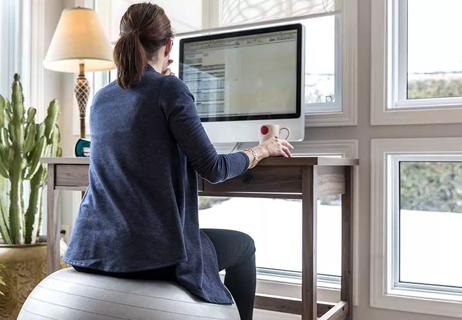
Sneak in exercise when you can, pack your own lunch and make time for mental health
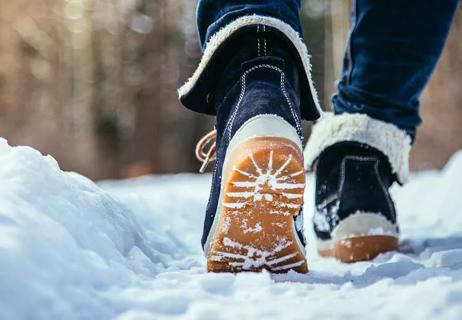
Taking slow, short steps and wearing proper footwear can go a long way in preventing falls

With planning and precautions, you may be able to keep winter health issues at bay
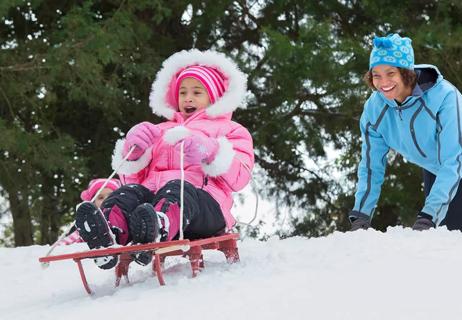
An ER doc shares tips for being careful while having fun
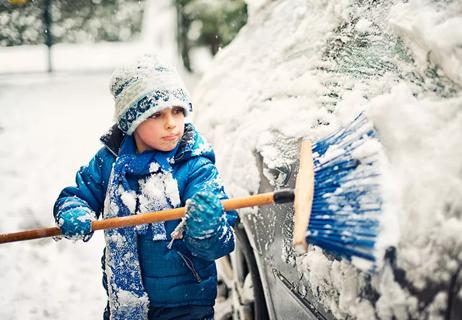
Some heat escapes if you don’t wear a hat, but it’s not as much as you might think

Babies can get congested easily, but you can calm their cough by keeping them hydrated, using nasal drops and running a humidifier

Weight loss may cause loose, sagging skin and muscle loss to your rear

Several conditions, like vitiligo and fungal infection, can cause a loss of pigmentation, leading to white spots or patches on your skin